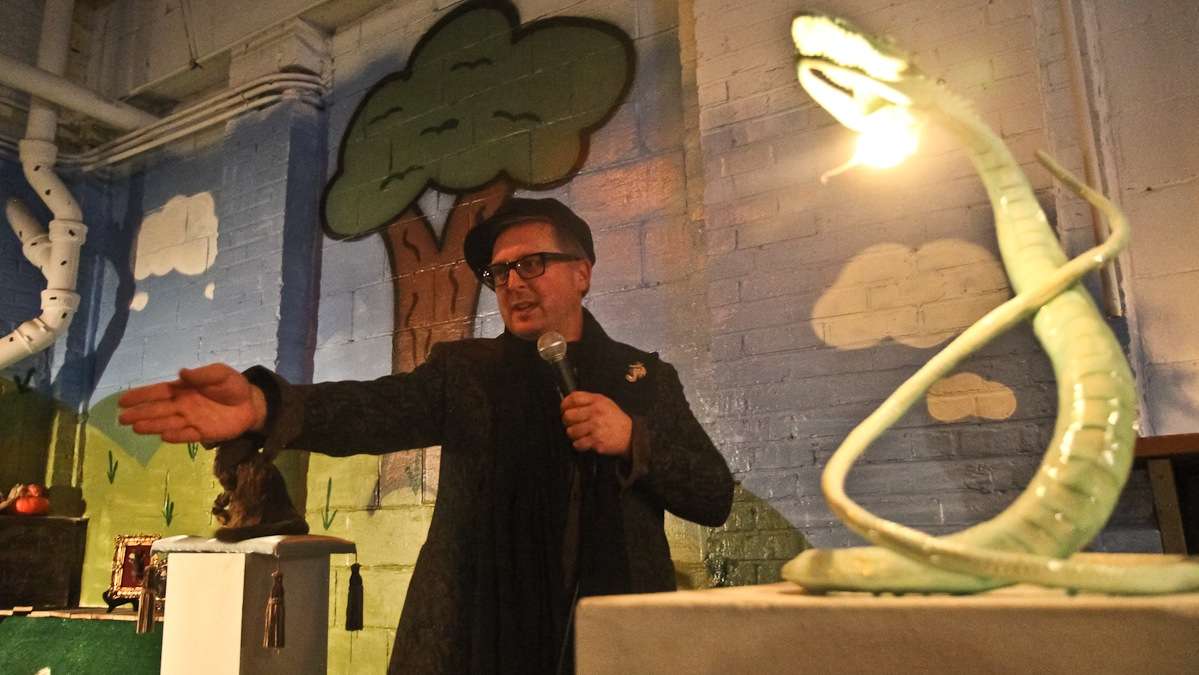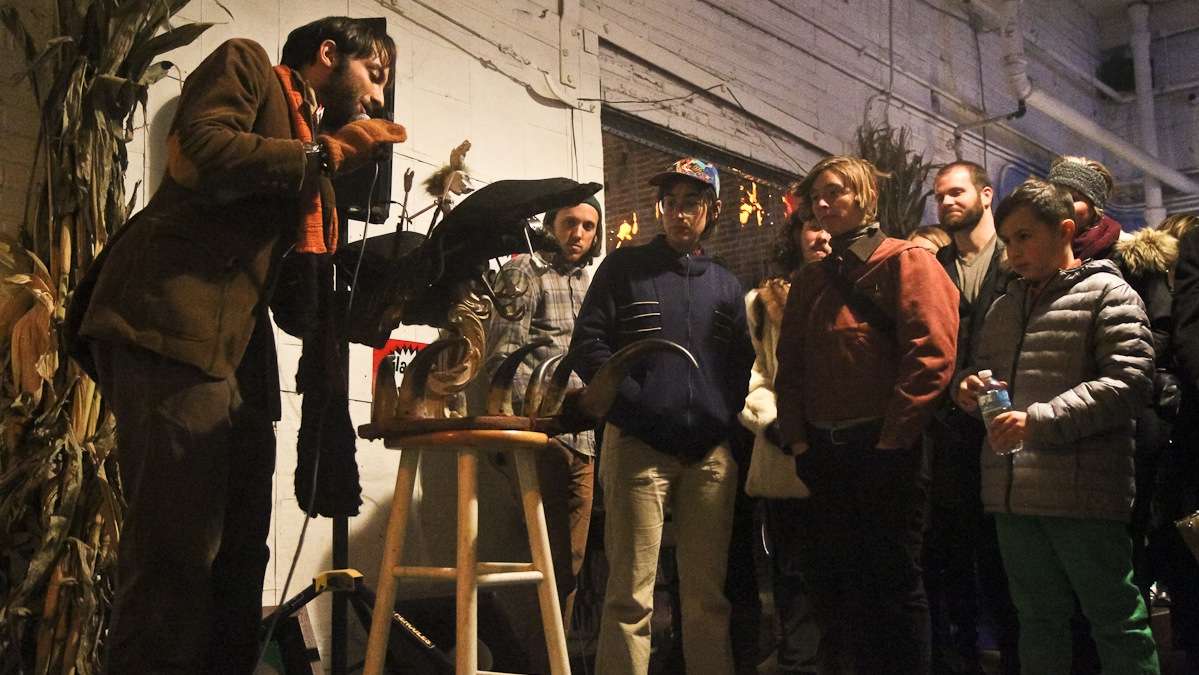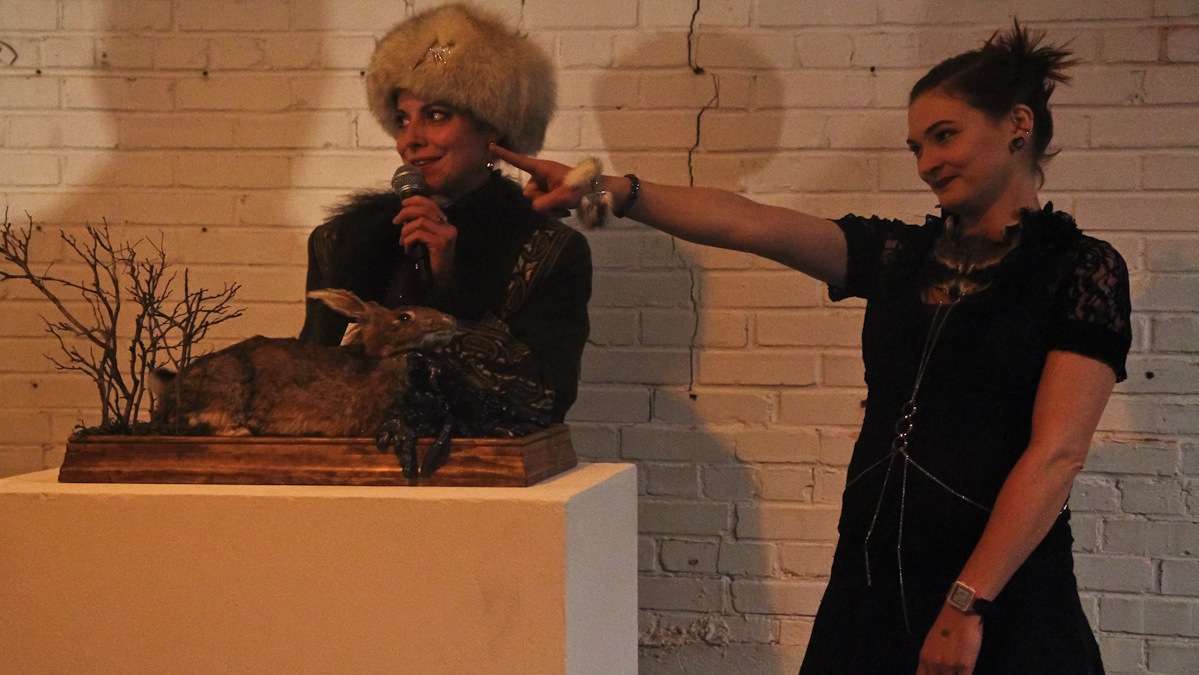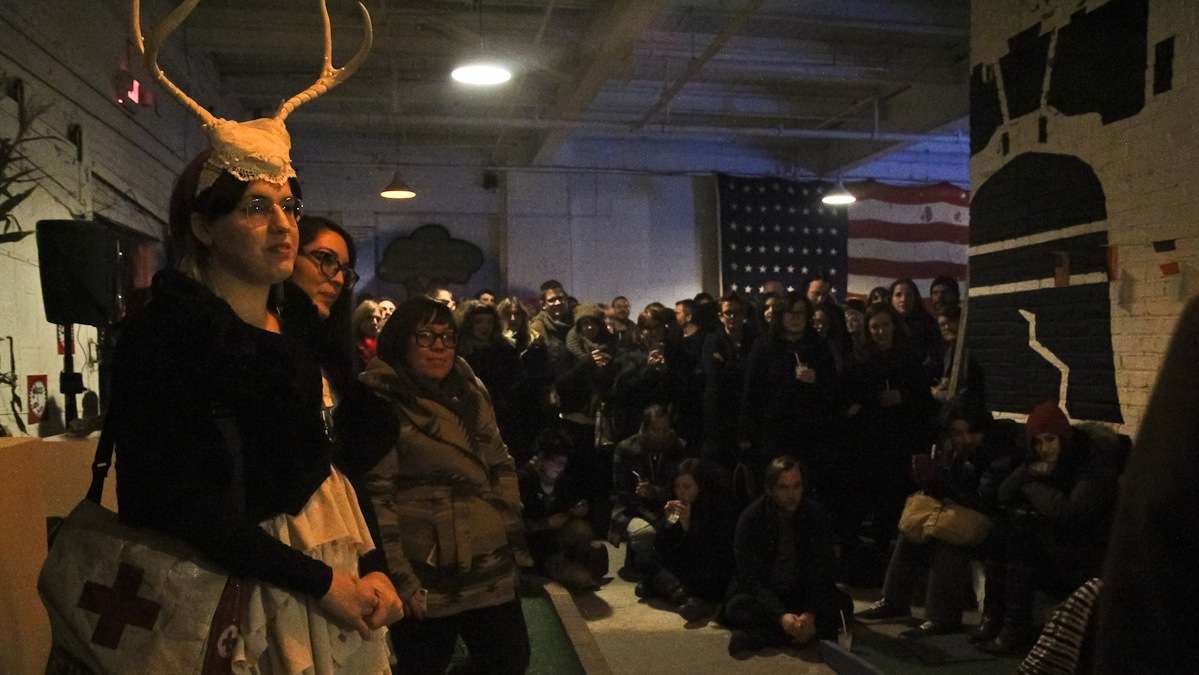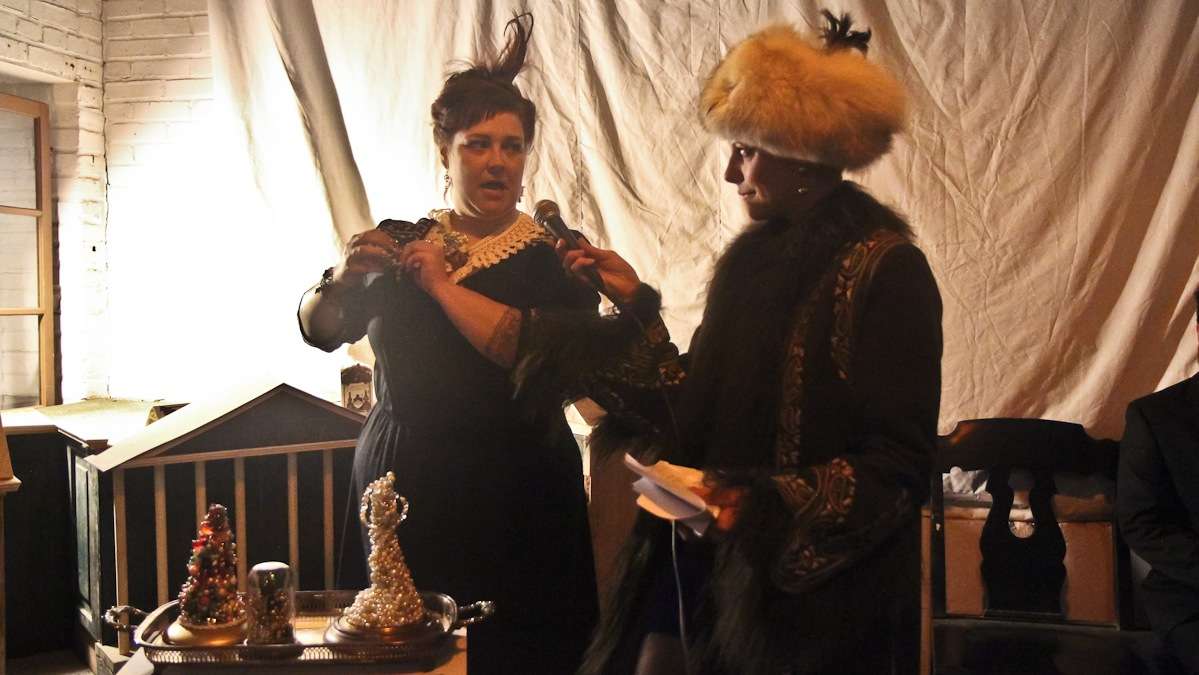Updated: How crowded are Pennsylvania’s roads?
Two in a series explaining Pennsylvania’s roads.
Editor’s note: the original post was updated on 4/28/2015 to add information on the impact of creating new road capacity and congestion pricing.
You may have noticed the roads feeling more crowded these days.
The total number of miles traveled by vehicles in the state each year has grown by 8.7 percent over the last two decades, according to PennDOT.
When more people drive, traffic congestion can increase. That means it can take longer to drive to your parents’ house, to work, or to school. Or it could take commercial trucks more time to deliver goods (and remember that time = money, often passed along to the consumer by way of price increases.)
How bad is traffic in the state?TRIP, a nonprofit transportation research group, estimates that in Philadelphia, traffic congestion costs the average commuter 48 hours of delay and 23 gallons of wasted fuel per year. That’s equivalent to two full days and about $73 worth of gas.
The numbers are similar in Pittsburgh and the Harrisburg-York-Lancaster region and slightly lower in the Lehigh Valley.
TRIP also estimates that in the state as a whole, traffic congestion costs drivers more than $3.7 billion per year in lost time and wasted fuel.
Will expanding the state’s roads decrease traffic congestion?Not necessarily. As readers pointed out when we first published this explainer, research has shown that building more highways doesn’t doesn’t decrease traffic congestion in the long term.
An often-cited study by researchers at the University of Pennsylvania and University of Toronto, published in The American Economic Review in 2011, looked at the kilometers of roadway built around 228 U.S. cities between 1983 and 2003.
During each decade in that period, the traffic* in these cities increased by the same proportion as the amount of roadway built.**
The reason is a phenomenon called “induced demand”: when supply of a certain good increases, people consume more of it. In this case, the “good” is space on the roads.
The idea is that if the roads are always crowded, you might choose to take public transit, to go somewhere closer to home, or to stay home altogether.
But if the state expands a highway, suddenly there will be more space on the roads, and traffic will move along faster. And so you might be more willing to drive.
In other words, “if we build new roads, you’re perfectly happy to drive 20 miles to pick up your take-out instead of 10,” said Matthew Turner, professor of economics at Brown University and one of the study’s authors.
Over time, these formerly discouraged drivers add up, and they clog up the highways again, the research says.
If building new roads doesn’t help traffic, what about public transit?More robust public transit systems won’t alleviate congestion either, according to the study.
The researchers found that cities that added buses and light rail cars did not see a corresponding decrease in traffic congestion. The study suggests that when people leave the roads for buses or trains, other people will choose to drive on the roads.
But Turner said this data was somewhat less precise, so the researchers are not as confident in this finding.
So is there any way to make the roads less crowded?Turner is a proponent of congestion pricing: charging people for access to congested roads.
He gives the examples of some state highways in Southern California. The state charges tolls that vary based on when the roads are busy. “It causes people to rearrange their travel behavior,” Turner said.
London, Singapore, and Stockholm also employ congestion pricing. Turner said those cities have seen big reductions in peak hour travel as a result of relatively small tolls. In addition, smaller cities like Gothenburg, Sweden, have had success with this policy.
Congestion pricing isn’t always politically feasible, though. It’s unpopular to ask people to kick in more money to drive the roads they’re accustomed to using without having to pay tolls.
What is the state doing to decrease traffic congestion?
The state has no plans to introduce congestion pricing, Carl Defebo, Jr., a spokesman for the Pennsylvania Turnpike Commission, wrote in an email.
The commission conducted a study and concluded that many turnpike customers do not have the flexibility to travel off-peak, so charging more during rush hour traffic would not reduce congestion, Defebo, Jr. wrote.
“For us, it would have looked more like a penalty for travelling during the peak than an incentive to leave before or after it,” he wrote.
Turner argues that people might travel slightly earlier if faced with a toll. He also says the state wouldn’t need many people to change their travel plans in order to see results. “What you need is enough people to move so the traffic flows freely,” he said. “You might need five percent of people to change their schedules.”
The state is planning to expand some of its highways using funding from Act 89, the transportation funding bill signed into law by then-governor Tom Corbett in 2013.
But the agency says it only expends two or three percent of its total budget on expanding road capacity. “The bulk of our money goes to fixing what we have: as an example, the bridges over the Vine Street Expressway and the rebuilding of Interstate 95 in Philadelphia,” spokesperson Rich Kirkpatrick wrote in an email.
The big road projects PennDOT has planned will “fill missing links,” Kirkpatrick wrote. For instance, the state will expand the U.S. 219 expressway between the Pennsylvania Turnpike and the Meyersdale Bypass in Somerset County, as well as the U.S. 322 connection around Potter’s Mills in Centre County. “All have long been sought by residents in those areas,” he wrote.
Turner acknowledges that there are reasons besides traffic reduction to expand roads. In the study, he and co-author Gilles Duranton write that the findings don’t mean “that no new road should ever be built or that no road should ever be enlarged.” Expansions to remove bottlenecks, for instance, “may lead to sufficient time gains to justify the investment,” they write.
*measured by the average number of cars per segment of road per day.
**measured in lane-kilometers, a measure that adjusts for roads with more than one lane. For instance, a one-kilometer stretch on a three-lane highway would be three “lane-kilometers.”
Correction: A previous version of this post stated, “The total number of miles traveled by vehicles in the state each year has grown by 30 percent over the last decade, according to PennDOT.” The number of miles actually grew by 8.7 percent over the last two decades.
Did this explainer answer all your questions about Pennsylvania’s roads? If not, you can reach Marielle Segarra via email at msegarra@whyy.org or through social media @MarielleSegarra. Have a topic on which you’d like us to do an Explainer? Let us know in the comment section below, or on Twitter @PaCrossroads.
WHYY is your source for fact-based, in-depth journalism and information. As a nonprofit organization, we rely on financial support from readers like you. Please give today.









